-
Shop Brands
Manufacturer Brands
-
 Aquatec
Aquatec
-
 AquiSense Technologies
AquiSense Technologies
-
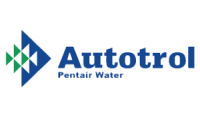 Autotrol-Pentair
Autotrol-Pentair
-
 Aries FilterWorks
Aries FilterWorks
-
 Boshart Industries
Boshart Industries
-
 Calefactio Dole HG Spec
Calefactio Dole HG Spec
-
 Clack Corporation
Clack Corporation
-
 Crystal Mountain Coolers
Crystal Mountain Coolers
-
 DAB
DAB
-
 DMfit
DMfit
-
 Dow - Filmtec
Dow - Filmtec
-
 Everpure
Everpure
-
 Filtrex Matrix GreenBlock
Filtrex Matrix GreenBlock
-
 Fleck-Pentair
Fleck-Pentair
-
 Flexcon
Flexcon
-
 Franklin Electric
Franklin Electric
-
 GE Osmonics Desal
GE Osmonics Desal
-
 Grundfos
Grundfos
-
 Harmsco
Harmsco
-
 Jaco Fittings
Jaco Fittings
-
 HM Digital
HM Digital
-
 Hydrotech-Canature-WaterGroup
Hydrotech-Canature-WaterGroup
-
 John Guest SpeedFit-ProLock
John Guest SpeedFit-ProLock
-
 Kenmore, North Star, Ecowater
Kenmore, North Star, Ecowater
-
 Microline
Microline
-
 Megahome
Megahome
-
 Omnipure
Omnipure
-
 Pentek
Pentek
-
 Pro Products
Pro Products
-
 Rainshowr
Rainshowr
-
 Rusco
Rusco
-
 SenSafe WaterWorks ITS
SenSafe WaterWorks ITS
-
 Shurflo - Pentair
Shurflo - Pentair
-
 Structural-Pentair
Structural-Pentair
-
 The Water Guy
The Water Guy
-
 United Filters International
United Filters International
-
 UV Dynamics
UV Dynamics
-
 UVPure
UVPure
-
 Veolia / Suez
Veolia / Suez
-
 Viqua
Viqua
-
 Viqua - Sterilight
Viqua - Sterilight
-
 Viqua - Trojan
Viqua - Trojan
-
 Waterite
Waterite
-
 Wedeco Ideal Horizons
Wedeco Ideal Horizons
-
 Wilo
Wilo
-
 WOW Topper
WOW Topper
-
-
Articles
-
Latest Article
-
Posted on Apr 02, 2025When buying a property with its own water source, it's essential to test the domestic water well for flow rate, construction, pumping equipment, water...
-
-
Recent Articles
-
-
Financing with Affirm is Now Available as a Payment Option o... Financing with Affirm is Now Available as a Payment Option on our Website and in our st...Jan 29, 2025
-
The Water Guy has a New Website! Welcome to The Water Guy's New Website! We are thrilled to announce the launch of our brand-new website! Our new si...Nov 11, 2024
-
Tired of yet another boil water advisory? In today's news, nearly 10,000 residents in west Abbotsford, B.C. Canada, are facing a boil water advisory du...Nov 09, 2024
-
-
-
Latest Article
- Education
-
Since 1989
-
Happy Customers
-
Hey guys Just received the new filter ! thanks alot and kudos for the prompt reply and the fast shipping and fixing of that problem- C.D., Lethbridge - ABI Highly recommend The Water Guy for accurate information, well priced supplies and easy delivery of supplies to your door.- J.H., Chilliwack - BCIt's nice to find a Canadian Company having prices competitive with US Companies. Gratefully,- I.L., Edmonton - AB
-
-
Happy Customers
-
Support
-
Happy Customers
-
Fast service. Great price.
Thanks! Will happily recommend you to friends.- E.L., Sambro - NSThank you! I received the replacement bulb on Saturday. I appreciate your service.- D.M., Kaslo - BCOur water softener is working again, Thanks to you, I will highly recommend you to friends, neighbours and family that have similar problems for parts and advice.- J.M., Barrie - ON
-
-
Happy Customers
- Chemicals & Cleaners
- Drinking Water Systems & Parts
- Installation Supplies
- Leak Detection & Prevention
- Pumps & Pump Parts
- Reverse Osmosis Systems
- UV Light Sterilizers
- Water Filter Housings & Kits
-
Water Filters

- Water Softeners
- Water Testing
- Well System Parts & Installation Supplies
- Whole-House Systems

CATEGORIES
- April SpecialsSALE !
- Clearance & Close-Outs
- Chemicals & Cleaners
- Drinking Water Systems & Parts
- Installation Supplies
- Leak Detection & Prevention
- Pumps & Pump Parts
- Reverse Osmosis Systems
- UV Light Sterilizers
- Water Filter Housings & Kits
- Water Filters
- Water Softeners
- Water Testing
- Well System Parts & Installation Supplies
- Whole-House Systems
HAPPY Customers
Just wanted to say thank you - the ballast arrived yesterday & is up & running - nice buying experience.
— H.J.,
Ontario
Testing Domestic Water Wells: A Buyers Guide
- By The Water Guy
- Apr 02, 2025
.jpeg)
Testing Domestic Water Wells: A Buyers Guide
When purchasing a property with its own water source, it is crucial to conduct thorough testing on the domestic water well to ensure its functionality, safety, and efficiency. This guide covers the essential aspects of testing your new well, including flow rate, construction, pumping equipment, water quality, and the effectiveness of treatment equipment.
- Flow Testing
Flow testing is one of the most important steps in evaluating a water well. It involves measuring the rate at which water refreshes or can be supplied by the well. This test helps determine the well's storage, capacity and whether it can meet the family and property's water demands. Testing typically includes:
- Static Water Level Measurement: The initial water level in the well before pumping begins or when the well is at rest.
- Pumping Test: Water is pumped from the well at a constant rate, and the drawdown (drop in water level) is measured over time.
- Recovery Test: After pumping stops, the water level is monitored to see how quickly it returns to the static level, sometimes referred to as the refresh rate or flow rate
- Well Construction and Pumping Equipment
The construction of the well and the condition of the pumping equipment are critical for ensuring reliable water supply. Key aspects to evaluate include:
- Well Casing, Liners and Screen: Inspect the casing, and liner for any signs of damage or corrosion. Well height and seal inspection. The screen should be free of debris and sediment.
- Pump Condition: Check the pump's operation for wear and tear, and ensure it operates efficiently. Check amperage draw and output performance. Look for any signs of leaks, failures or unusual noises.
- Pressure Tank: Verify the condition of the pressure tank and its ability to maintain constant water pressure or provide a suitable drawdown on conventional systems. Check for potable fittings and safety devices.
- Water Quality Testing
Testing the water quality is essential to ensure it is safe for consumption and use. We understand that potability is more than just one parameter. This involves analyzing both raw water from the well and treated water post any treatment equipment. Common tests include:
- Microbial Testing: Check for Total Coliform and eColi Bacteria, Iron Reducing Bacteria, SRB, and Slyme bacteria.
- Chemical Testing: Analyze for contaminants such as Hardness, Total Dissolved Solids, Alkalinity, Nitrates, Nitrites, Sodium, Heavy Metals, and more
- Custom Parameters: Such as Pesticides, Herbicides, Methane, Radon, Hydrocarbons and more
- Physical Testing: Assess the water for sediment, turbidity, color, and odors.
- Effectiveness of Treatment Equipment
If the property has water treatment equipment, it is important to verify its effectiveness and condition. This includes:
- Filtration Systems: Ensure filters are the correct type and size, clean and functioning properly.
- Softening, Iron and Backwashing Systems: Check the condition of the equipment, age and effectiveness to remove their intended parameters from the water.
- Disinfection Systems: Verify the effectiveness of UV or chemical disinfection systems in eliminating pathogens.
- Repairs, Upgrades and Future Maintenance
Understanding the current condition of the well and its components helps in planning for future maintenance, replacements and repairs. This inspection can prevent major issues from arising unexpectedly, well systems are not inexpensive items on a property or acreage. Key considerations include:
- Routine Maintenance: Know and understand what is required level of servicing for the well and equipment.
- Repair and Replacement: Identify parts of the system that need immediate repair or replacement and sort this out before your subject removal date.
- Future Upgrades: While a system may work as intended today an older system will eventually need to be replaced. Knowing this and budgeting for the inevitable will give you peace of mind and water security.
In Conclusion
Testing domestic water wells is a vital process when buying a property with its own water source. It provides a comprehensive understanding of the well's condition, water quality, and the effectiveness of treatment equipment. By conducting these tests, buyers can make informed decisions about maintenance, repairs, and upgrades, ensuring a reliable and safe water supply for the future.

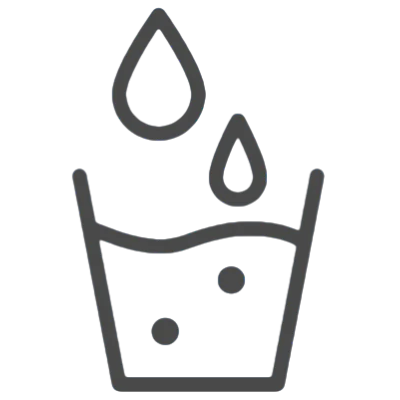

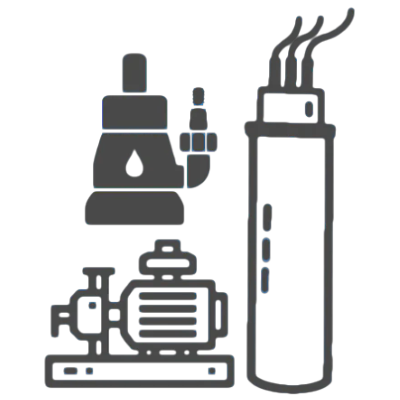
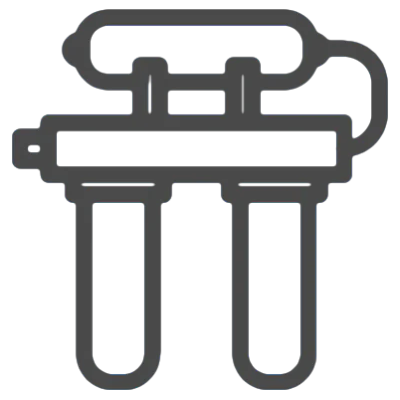
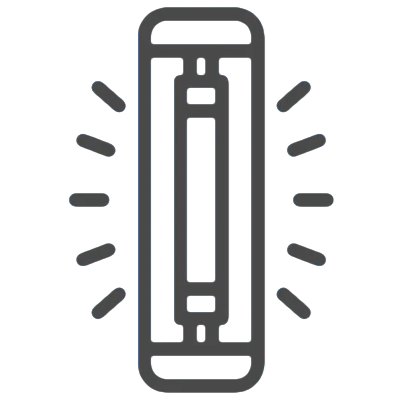
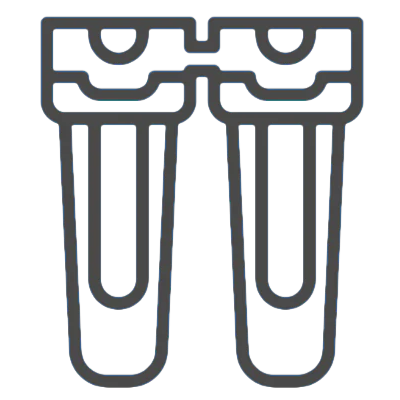
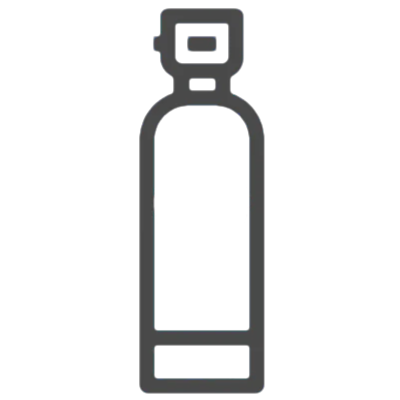
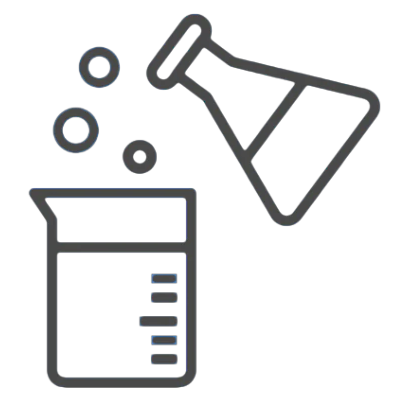

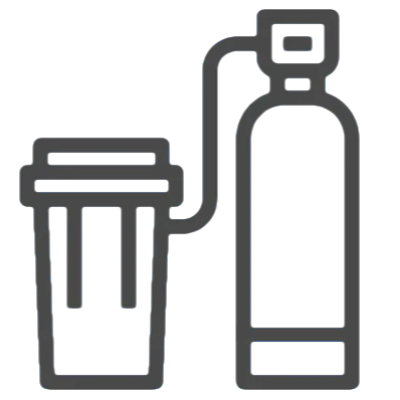
.jpeg&w=280&h=220)






BRANDS